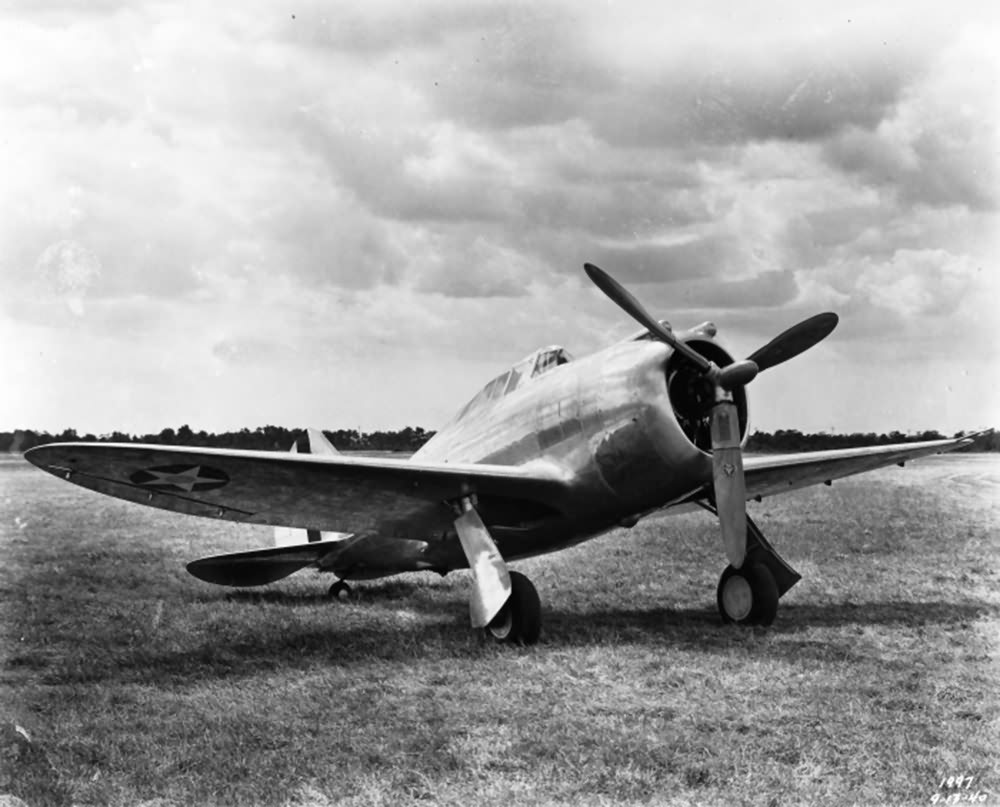The YP-43 Lancer was an important transitional aircraft in the development of American fighter planes, specifically as a precursor to the famous P-47 Thunderbolt. Here’s a breakdown of the YP-43’s design and testing background:
Flight Testing:
- During flight tests, the aircraft was fitted with tufts of yarn taped to its wings to observe airflow patterns. This technique helped engineers and pilots assess aerodynamic characteristics during flight.
Development Background:
- The YP-43 was developed from earlier prototypes, the XP-41 and AP-4, without going through an additional “X” designation phase. This was because the prototype work had largely been completed with the XP-41 and AP-4 models, allowing the YP-43 to move directly to the “Y” designation for service testing.
Design Features:
- The YP-43 had several design elements that would carry over to the P-47 Thunderbolt, such as its overall shape and structural layout.
- One key modification from the XP-41 was the relocation of the intake for the turbo-supercharger. Instead of being positioned in the wing root, as it was in the XP-41, it was moved to inside the cowling under the engine in the YP-43. This improved airflow efficiency and performance.
Legacy:
- Although the P-43 did not see extensive service, its development and testing provided valuable insights and technology that would influence later designs, especially the more successful P-47 Thunderbolt, which went on to play a significant role in World War II.
